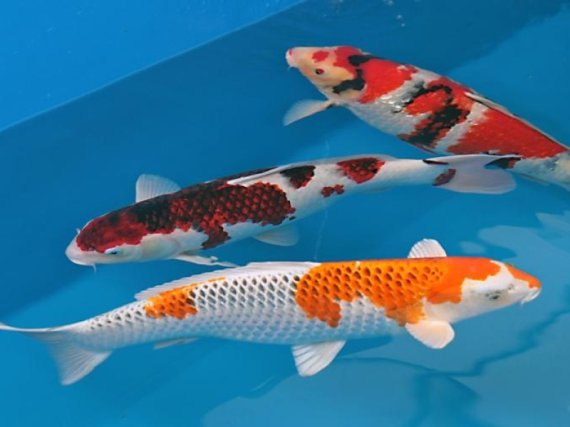The koi herpes virus is a cousin of the herpes virus that gives humans cold sores on the lips. It is what is known as an intelligent virus that multiplies during an attack and then goes into a kind of sleep mode. It is woken up again for example by bright sunlight or reduced resistance. Carp do not get cold sores from the herpes virus; 90 per cent of them die.
In infection with the herpes virus, the molecule interleukin-10 (IL-10) plays a crucial role in the immune system of fish, as researcher Maria Forlenza and her colleagues in the Cell Biology and Immunology group discovered. IL-10 normally starts to act after the fish’s innate and fast-working immune system has managed to keep the virus under control by killing the surrounding cells. Then IL-10 activates the acquired, slow immune system. It produces antibodies that disable the virus. Timing is very important here; if IL-10 comes on the scene too early, the immune system will no longer work.
It is precisely that aspect that the herpes virus exploits. In the distant past, the virus ‘kidnapped’ a piece of DNA with IL-10 from a host. Forlenza: ‘The virus now has its own version of IL-10. This gene means that as soon as the infection starts, lots of viral IL-10 is created. That causes the fish’s immune system to think that it doesn’t need to react.’
The swapping of genetic information between the virus and the host cell had already been seen in mammals. Forlenza and her colleagues are the fi rst to have found this function of IL-10 in fi sh. The discovery is important news for evolutionary biologists. They originally thought that the transfer of IL-10 to the herpes virus took place about 100 million years ago. Now that it also turns out to be in the koi herpes virus, the transfer must have taken place about 300 to 400 million years ago, estimates Forlenza.
But the discovery also has practical implications. ‘This knowledge will let us make a less aggressive herpes virus. If you first bring the farmed fish into contact with this less aggressive virus, they will produce antibodies. Then you have a vaccine against herpes.’

